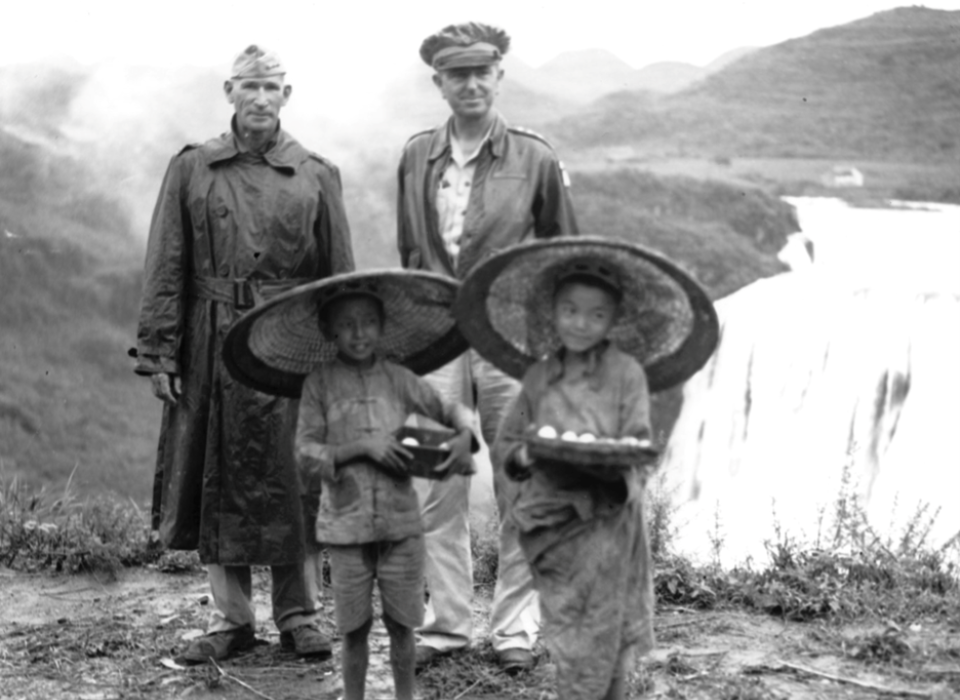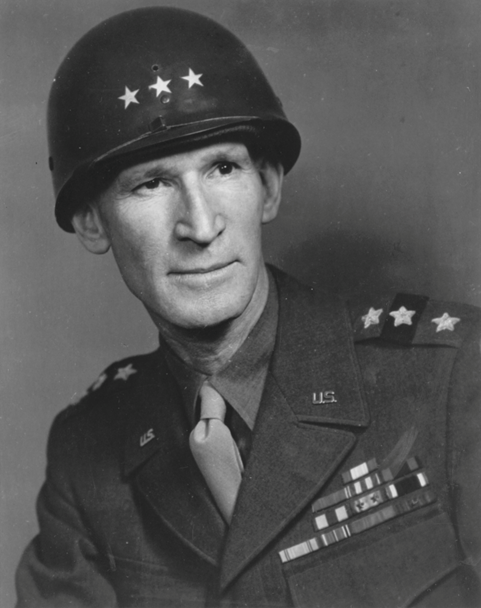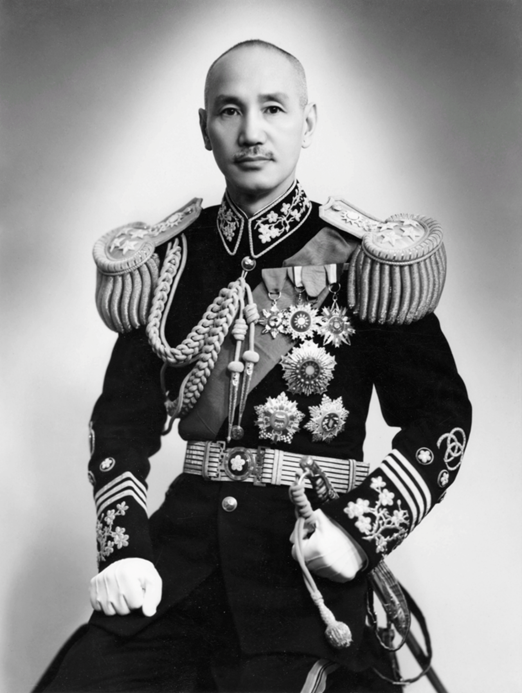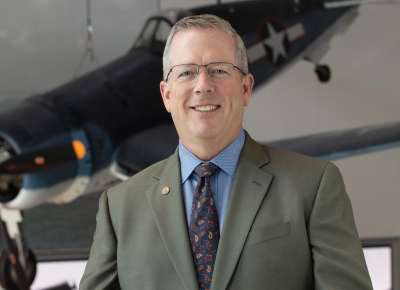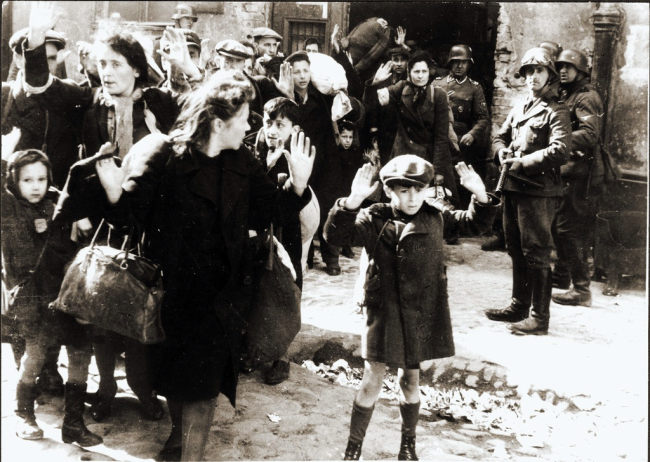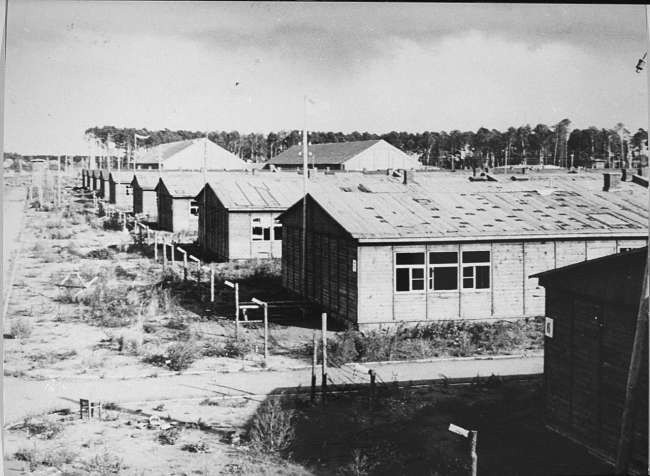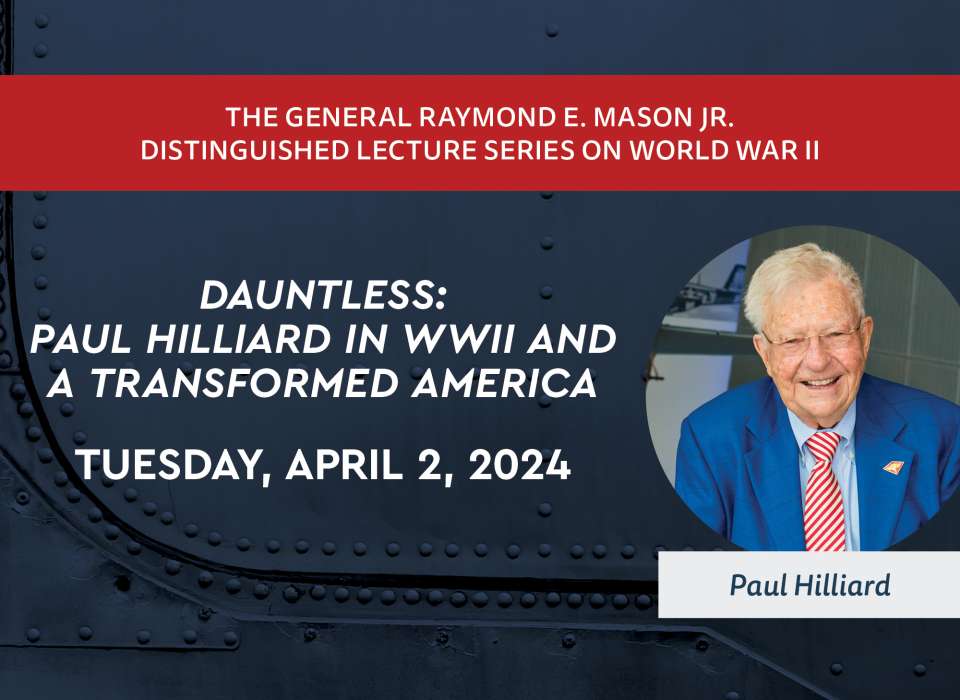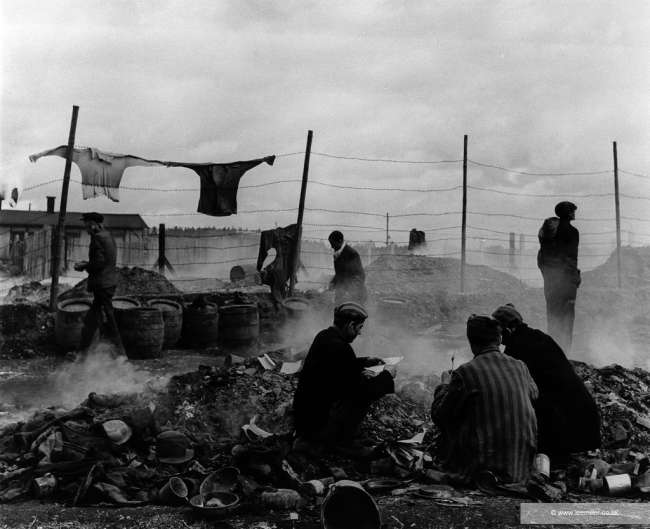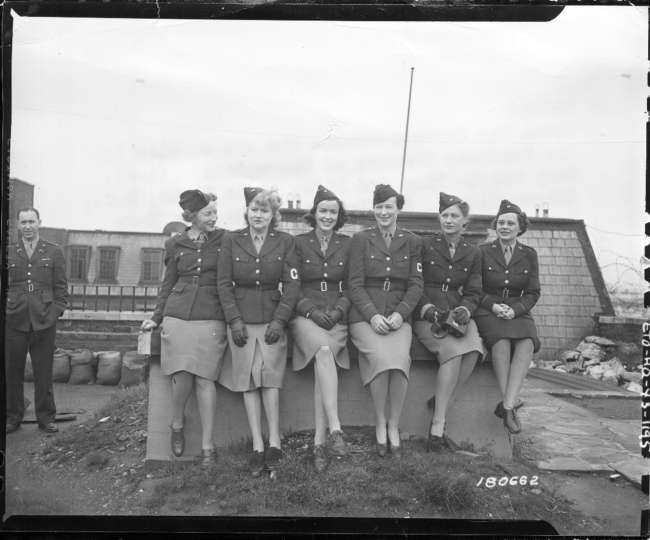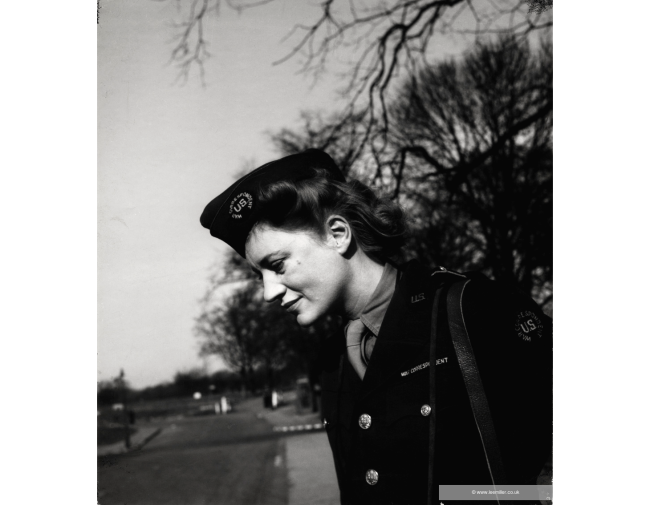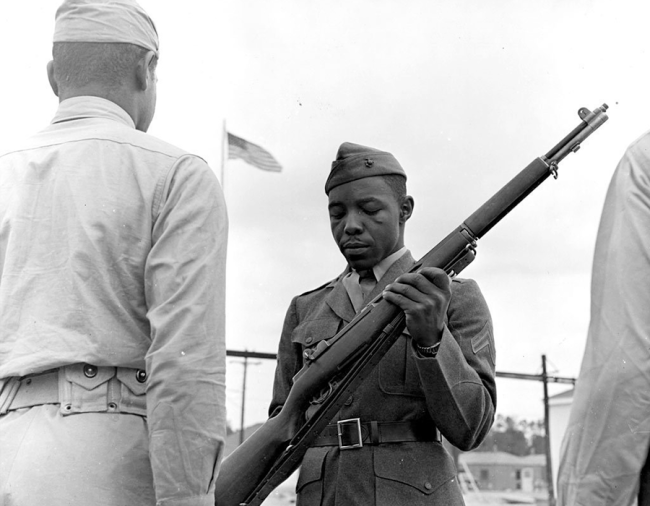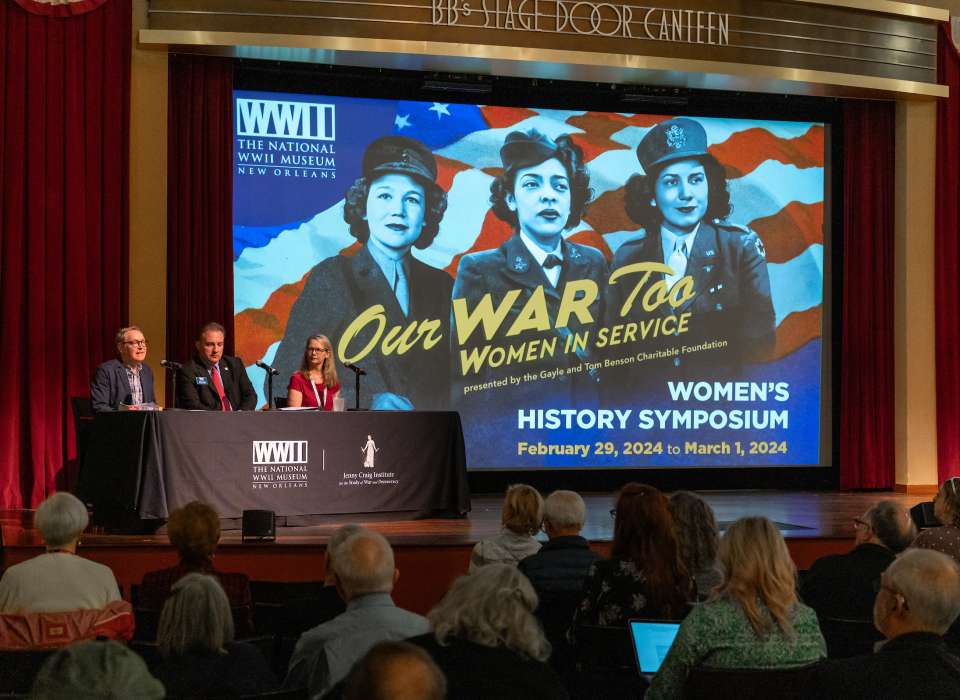Top Photo: Lieutenant General William Hood Simpson and General Albert C. Wedemeyer with two children, August 1945. Courtesy Portal to Texas History
When the Japanese government announced its intention to surrender on August 14, 1945, a massive effort to prepare for Operation Downfall, the invasion of Japan, abruptly ended—as did a less well-known plan to expel the Japanese army from China.
Japan had invaded China in 1937, driving Generalissimo Chiang Kai-Shek’s government from Nanking to the inland city of Chungking. By 1942, Japan held all the major Chinese ports, and, with the conquest of Burma, it gained control of the last open land route into China. Throughout this period, the US government strove to keep China in the war. This compelled Japan to keep a sizable army tied down there for years, while enabling the US military to use Chinese air bases for air attacks against Japan. Still, keeping China in the war was no easy task.
Major General Albert C. Wedemeyer took command of US forces in China in October 1944, serving simultaneously as Chiang’s chief of staff. When Wedemeyer arrived, his predecessor, Lieutenant General Joseph W. Stilwell, had already departed, leaving behind a nation in crisis and a strained relationship with the Generalissimo. China’s economy was in shambles; weapons and equipment were in short supply; and both civilian and military morale were dangerously low. The only route available to receive supplies was an aerial one, over the Himalayan Mountains (referred to as the “hump”) from India. Wedemeyer had much work to do.
For several months, Wedemeyer continued the dual mission of keeping China in the war while helping its army develop an effective warfighting capability. Most of the challenges he faced stemmed from long-standing graft and inefficiencies within the Chinese Kuomintang (Nationalist) government and military. To address these issues, Wedemeyer focused on developing a relationship based on mutual respect, dismissing both US and Chinese officers when necessary to alleviate friction. Meanwhile, he advised Chiang on a wide range of matters, achieving notable reforms in the process.
The Japanese army continued to make gains during the winter of 1944–45, but the Chinese contained the offensive well enough to forestall any serious threat of defeat. Meanwhile, the US military campaign in the Pacific achieved a great deal, including General Douglas MacArthur’s return to the Philippines and Admiral Chester Nimitz’s capture of key bases in the Central Pacific. Soon, the focus of US military planning shifted to the final assault on the Japanese home islands.
In the spring of 1945, Wedemeyer traveled to Washington, D.C., to confer with General George C. Marshall about these plans. Upon his return to China, he began preparations for Operation Rashness, a major fall offensive intended to seize a port on China’s southeast coast. This would open sea lines of communication into China for the first time in several years, greatly alleviating the nation’s economic challenges while providing a base of operations for the invasion of southern Japan.
To prepare for this offensive, Wedemeyer needed resources, including commanders and staffs to lead Chinese forces in combat. Much of the necessary resources would come from the Western Allies’ forces as they redeployed from the European theater. When victory in Europe came about on May 9, 1945, General William H. Simpson’s Ninth US Army sat astride the Elbe River in Germany, with its leading elements just 53 miles from Berlin. As the Ninth Army’s mission changed to occupation duty, Simpson’s staff took on the dual role of military governance and planning for deployment of units to the Pacific.
By mid-May, after the First Army headquarters redeployed to the States, the Ninth Army reached its peak strength of 650,000 troops. Over the coming weeks, this number gradually shrank as the Allied armies moved to their national occupation zones and US Army units redeployed. On May 30, the Ninth Army staff received orders to turn over responsibility for its occupation zone to the Seventh Army and begin redeployment operations.
General Simpson had predicted that his headquarters might receive orders to the Pacific, and his staff had been planning for this scenario since they began occupation duty. When Simpson returned to the United States on June 20, 1945, he and his wife, Edie, attended victory parades in Fort Worth and his hometown of Weatherford, Texas. Simpson then traveled to Washington, D.C., where he met with General Marshall on June 30. Marshall ordered Simpson to travel to China and meet with Wedemeyer in preparation for the Ninth Army’s new mission.
Simpson left for China on July 8, arriving in Chungking on July 13 after a long, hot aerial journey. Wedemeyer met Simpson at the airport and escorted him to his home, where he gave him a basic description of the situation in China before taking him to meet the Generalissimo. Over the next two days, Simpson learned that he would serve as Commanding General of the Field Forces in China, as well as Deputy Theater Commander. His command would consist of two Army groups, one in the north under Lieutenant General Lucian K. Truscott Jr., commander of the Fifth US Army in Italy, and the other in the south under Major General Robert B. McClure, who was already in charge of a Chinese combat command.
Simpson then left with Wedemeyer on a two-week tour of Chinese army formations, returning to Chungking on July 28. After final meetings with the Generalissimo and various Chinese dignitaries, Simpson returned to Washington, D.C., on August 2. His Ninth Army staff had already departed by ship for the United States, arriving at New York harbor on August 6. Most of the staff began 30 days’ leave, with orders to assemble at Fort Bragg, North Carolina, the following month.
Meanwhile, key members of Simpson’s staff who would serve as advance party for the China mission traveled to Washington, D.C., where they received orders and began planning. Meanwhile, events in the Pacific took an unexpected turn. The Japanese surrender brought to a sudden end the plans for both the invasion of Japan and the offensive in China. Despite the Allied victory over Japan, the Chinese Civil War began anew, and Generalissimo Chiang was left to fight Mao Tse Tung’s powerful Red Army without US assistance.
Additional Reading
Keith E. Eiler, ed., Wedemeyer on War and Peace (Stanford: Hoover Institution Press, 1987).
New Podcast Series: Oppenheimer And The Manhattan Project
The National WWII Museum presents the newest season of its podcast, "World War II On Topic: Oppenheimer and the Manhattan Project." Episodes are available weekly starting July 24 on Apple Podcasts, Spotify, and SoundCloud.
Dr. Mark T. Calhoun
Dr. Mark T. Calhoun is the Military Historian at the Jenny Craig Institute for the Study of War and Democracy.
